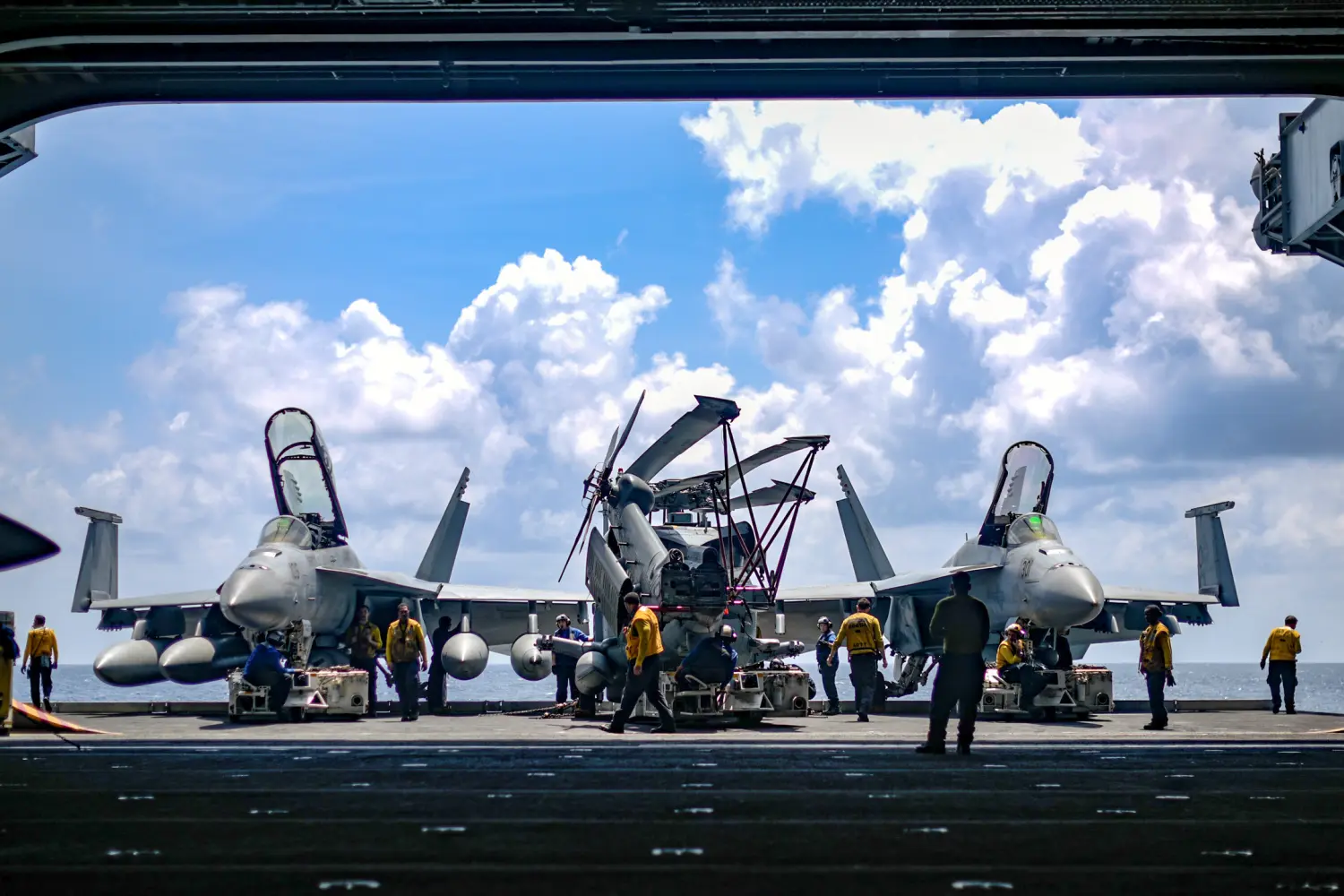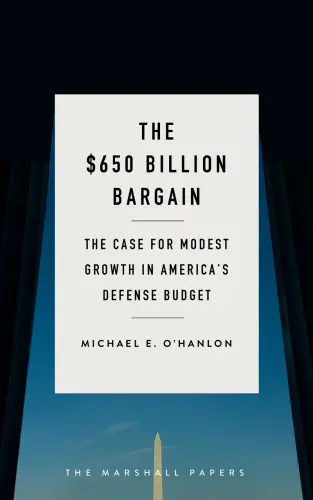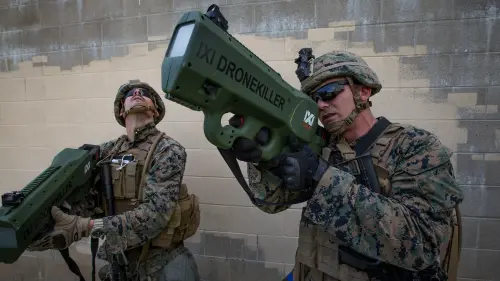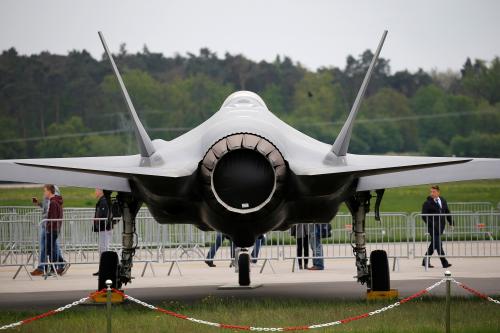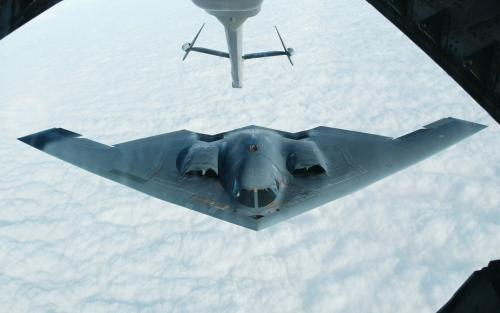Executive summary
The Trump administration, after achieving large increases in the U.S. defense budget during its first two years in office, has—to say the least—sent conflicting signals regarding its preferences for defense spending for the next fiscal year. After initially announcing plans for continued growth from $716 billion in fiscal year 2019 to $733 billion in 2020, President Trump directed the Department of Defense (DoD) to plan instead for reductions to a $700 billion budget. In early December 2018, Trump went as far as to call current levels of U.S. defense spending “crazy,” only to announce plans for a $750 billion defense budget just a week later. (These figures include war expenses and nuclear-weapons activities in the Department of Energy.)
Wherever the Trump administration finally lands by the time it submits its proposed defense budget to Capitol Hill in early 2019, the reality is that Congress has a vote, and indeed the final word. On the one hand, there is a strong case for stable, predictable, modest growth in defense spending given the challenging security situation and the increased efficiency that comes with predictable budgets as opposed to cycles of feast and famine. On the other hand, a newly Democratic House of Representatives, Tea Party elements in the GOP, and the nation’s perilous fiscal situation reinforce the case for frugality and hard choices. And a defense budget of $700 billion for 2020 would still be much larger than the Cold War average or President Obama’s last budget of just over $600 billion.
Our view is that after two decades of war, a decade of budgetary irregularities in Washington, and nearly 10 years of gradual decline in the military topline, there is no doubt that the Pentagon could make good use of the full $733 billion that had previously been proposed for 2020. Former Defense Secretary Jim Mattis’ new National Defense Strategy sensibly calls on the Department of Defense to reinvigorate its capabilities vis-à-vis China and Russia including addressing dangerous vulnerabilities in cyberspace and outer space, while still managing today’s wars of the Middle East as well as the potential for a near-term crisis on the Korean Peninsula. That is a daunting set of tasks.
While we do not doubt that the Pentagon could make good use of a $733 billion budget in 2020, we are very concerned whether it will do so. Each of the services continues to clamor for more force structure: more ships for the Navy, more tactical aircraft squadrons for the Air Force, and more troops for the Army. While growth in some key areas such as unmanned systems, cyber and space resilience, and precision-guided munitions is warranted, it makes no sense under a strategy focused on China and Russia to grow the force overall.
It matters whether the defense budget is $700 billion, $733 billion, or $750 billion. But it matters more how those funds are spent. At any funding level, prioritization is essential.
We argue in this policy brief that the central choice for policymakers is clear. Increased military spending largely serves three possible objectives: better modernization for the future, upgraded unit-by-unit readiness for today, and increased force size and structure. Of these, the last is the least important to the U.S. military for the foreseeable future, and by draining away resources needed elsewhere, increasing force size is actually counter-productive. The focus should be on quality over quantity.
The U.S. armed forces need to innovate and invest in breakthrough capabilities, and to improve immediate readiness, but they can do so at their current overall size. Investing in modernization and readiness rather than growth, paired with more clever and efficient management of the military, can allow today’s U.S. military of roughly 1.3 million active-duty troops, just over 900,000 reservists, and almost 750,000 full-time civilians to do the job. By giving up most plans for expansion, the military services can ensure that modernization and readiness get the resources they crucially require. There is a case for $733 billion in 2020, to be sure—and there is no case at all for cutting below $700 billion, as would happen if the existing provisions of the 2011 Budget Control Act again kicked in (that legislation lasts through 2021 before expiring). But how money is spent matters more than how much money is spent on defense.
The Brookings Institution is committed to quality, independence, and impact.
We are supported by a diverse array of funders. In line with our values and policies, each Brookings publication represents the sole views of its author(s).


